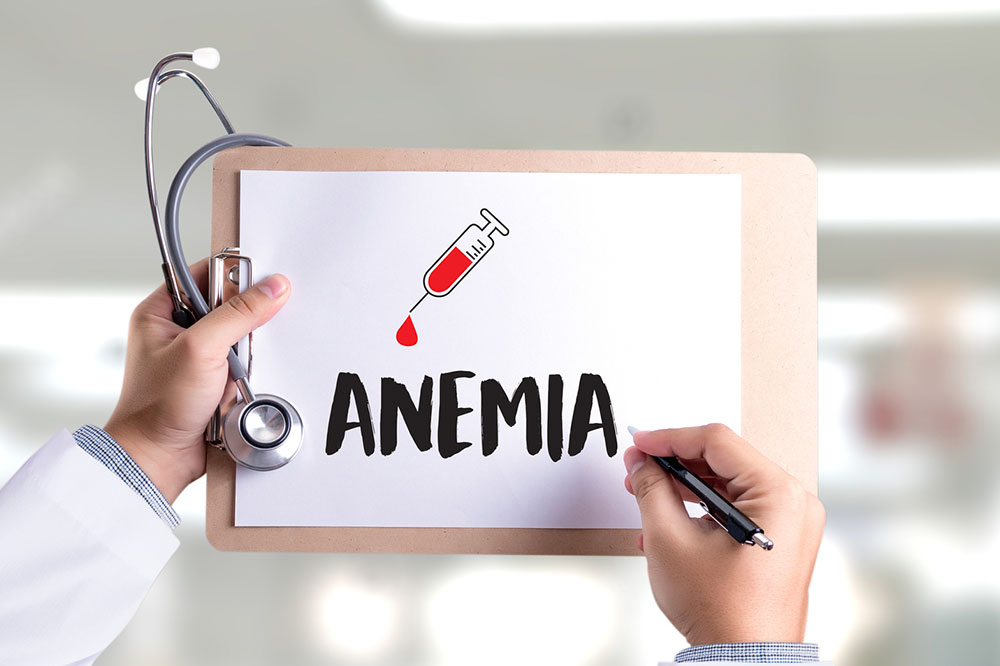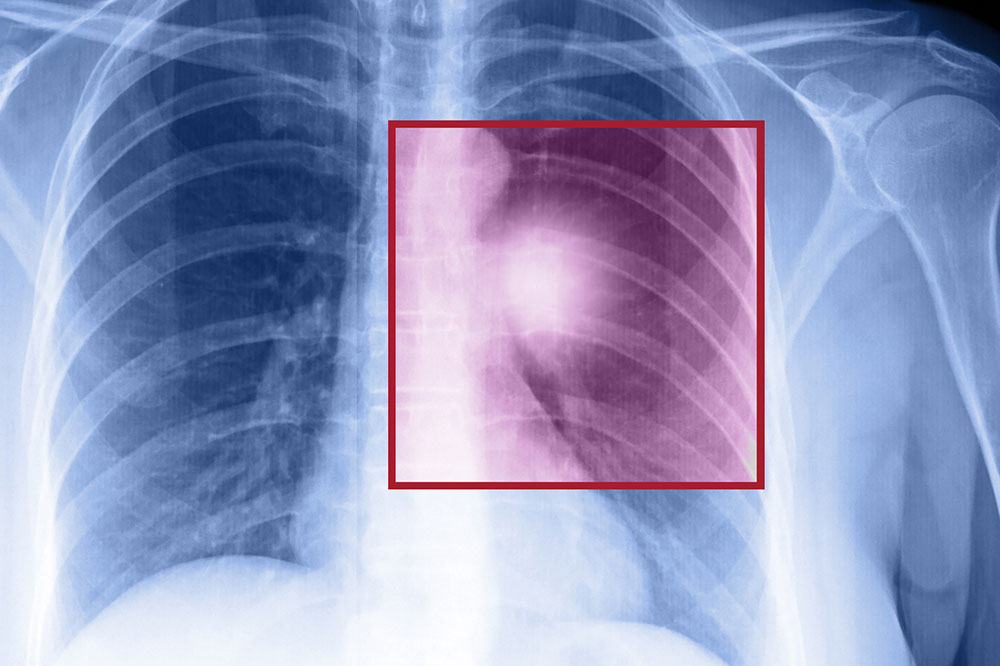Comprehensive Guide to Anemia: Symptoms, Causes, and Risk Factors
Anemia affects a significant portion of the global population and can lead to chronic health issues if left untreated. This comprehensive guide explores its symptoms, causes, and risk factors, helping readers recognize early signs and seek appropriate treatment. Understanding anemia's diverse types and origins is key to effective management and prevention, ensuring better health outcomes for at-risk groups and individuals alike.

Comprehensive Guide to Anemia: Symptoms, Causes, and Risk Factors
Anemia is a widespread blood disorder affecting millions of people worldwide. It occurs when the body doesn't produce enough healthy red blood cells or when these cells are destroyed faster than they can be regenerated. Since red blood cells are responsible for carrying oxygen from the lungs to various parts of the body, their deficiency can lead to a range of health issues, impacting overall vitality and well-being.
This condition is among the most common blood-related ailments globally, with estimates suggesting that nearly one-third of the world’s population may experience some form of anemia at some point in their lives. Its widespread nature emphasizes the importance of understanding its underlying causes, recognizing early symptoms, and seeking timely medical intervention.
The genesis of anemia often stems from underlying health problems that interfere with the production of red blood cells. In some cases, the problem isn't just the lack of production but also the excessive destruction or loss of these vital cells, leading to various types of anemia.
Identifying anemia early is crucial for effective management and treatment. Recognizing the key signs and symptoms can prompt timely medical evaluation, which is vital to prevent potential complications and improve quality of life.
Recognizing Symptoms and Signs of Anemia
Symptoms of anemia can range from mild to severe, often depending on the type and underlying cause. Early detection can significantly improve treatment outcomes, so understanding common indicators is essential.
Common symptoms include:
Persistent fatigue and weakness
Pale skin and mucous membranes
Irregular heartbeat (palpitations) and chest discomfort
Shortness of breath, especially during exertion
Dizziness or lightheadedness
Headaches and cognitive difficulties
It's important to note that mild anemia may present with minimal or no symptoms. Certain types of anemia, however, exhibit specific signs that can help in diagnosis:
Aplastic anemia: Could manifest with recurrent infections, fever, skin rashes, and easy bruising.
Sickle cell anemia: Often causes episodes of pain, swelling in hands and feet, jaundice, and fatigue.
Other forms of anemia have their characteristic symptoms, such as:
Folate deficiency anemia: Might cause irritability, a sore or swollen tongue, diarrhea, and general fatigue.
Hemolytic anemia: Features include dark-colored urine, abdominal pain, rapid heartbeat, jaundice, and episodes of fever.
Understanding the Causes of Anemia
There are over 400 different types of anemia, but most are categorized into three primary causes:
Blood loss: Chronic or acute blood loss from various sources such as gastrointestinal bleeding (due to ulcers or cancers), heavy menstrual periods, childbirth, or injuries can lead to anemia. Sometimes, bleeding is slow and asymptomatic initially, making it difficult to detect without testing.
Faulty red blood cell production: When the bone marrow fails to produce enough red blood cells, or produces defective ones, anemia results. This can be due to nutritional deficiencies, bone marrow diseases, or certain chronic illnesses.
Red blood cell destruction: Conditions that cause premature destruction of red blood cells include autoimmune disorders, genetic conditions like sickle cell disease, infections, spleen disorders, or adverse reactions to medications.
Who Is at Risk? - Key Risk Factors for Anemia
While anyone can develop anemia, certain groups are more vulnerable due to specific risk factors. Awareness of these factors is essential for early detection and prevention:
Preterm infants and premature babies
Women who experience heavy menstrual bleeding, pregnancy, or childbirth
Individuals with poor nutritional intake, particularly lacking iron, vitamin B12, or folate
People with genetic predispositions to certain blood disorders
Patients undergoing surgery or experiencing significant injuries causing blood loss
Individuals with chronic diseases such as kidney disease, cancer, or autoimmune disorders
In conclusion, anemia is a complex condition with various types and causes. Effective management relies on accurate diagnosis through blood tests, understanding the underlying cause, and implementing appropriate treatments. Lifestyle changes, nutritional supplementation, or medical interventions like medications or blood transfusions may be necessary for restoring healthy red blood cell levels and ensuring overall health.
Early detection remains the key to preventing severe complications related to anemia, making awareness and timely medical consultation vital components of health maintenance.





